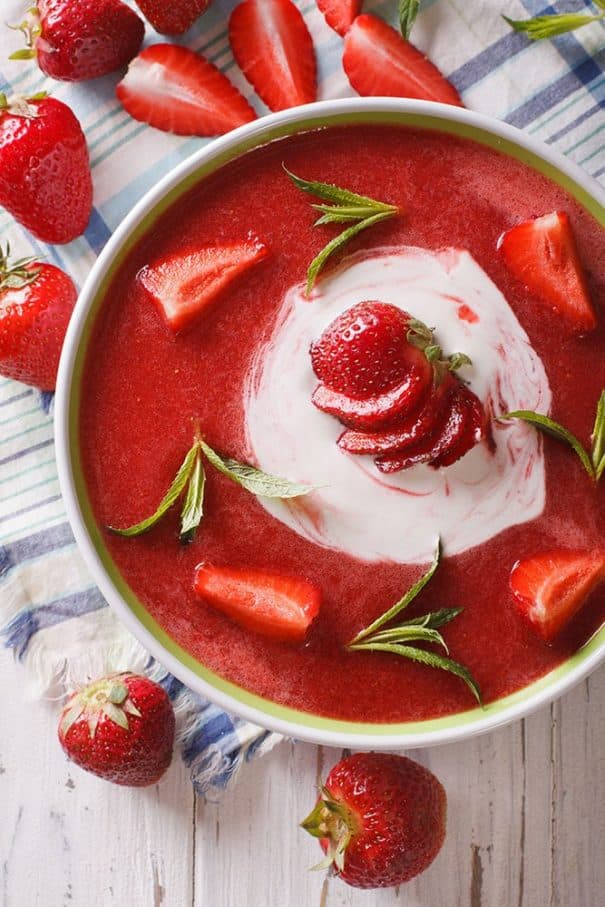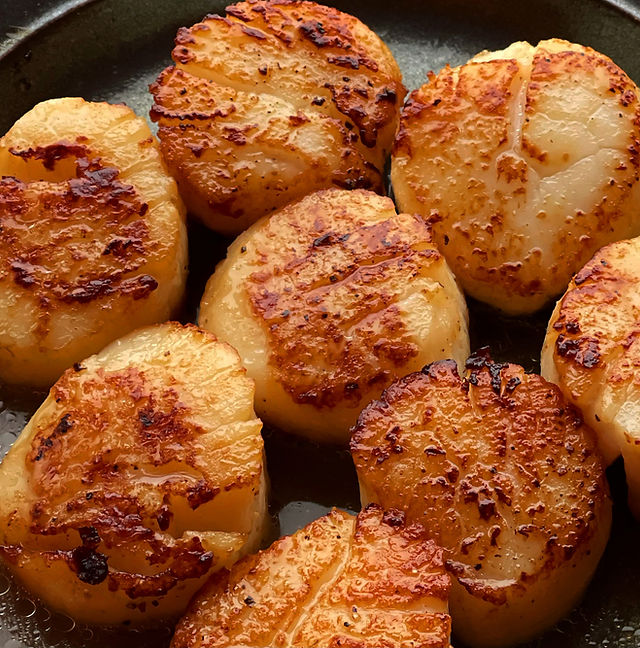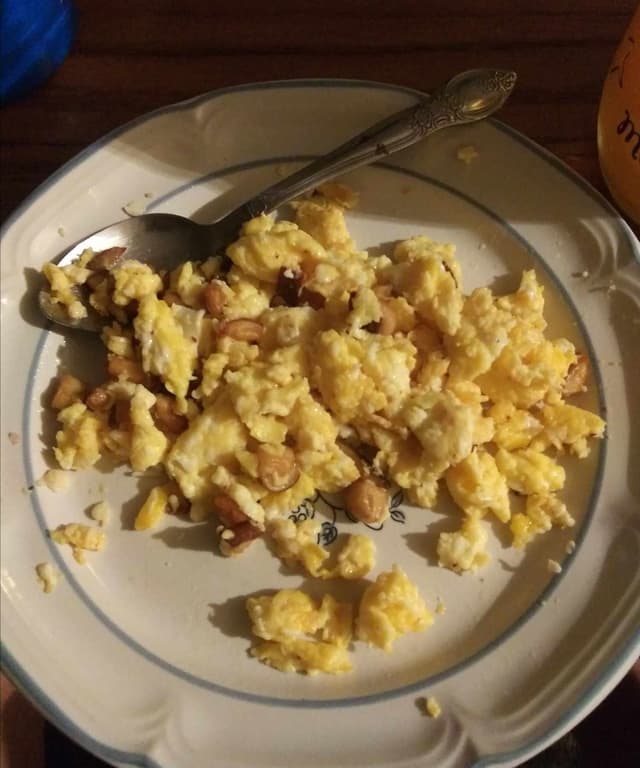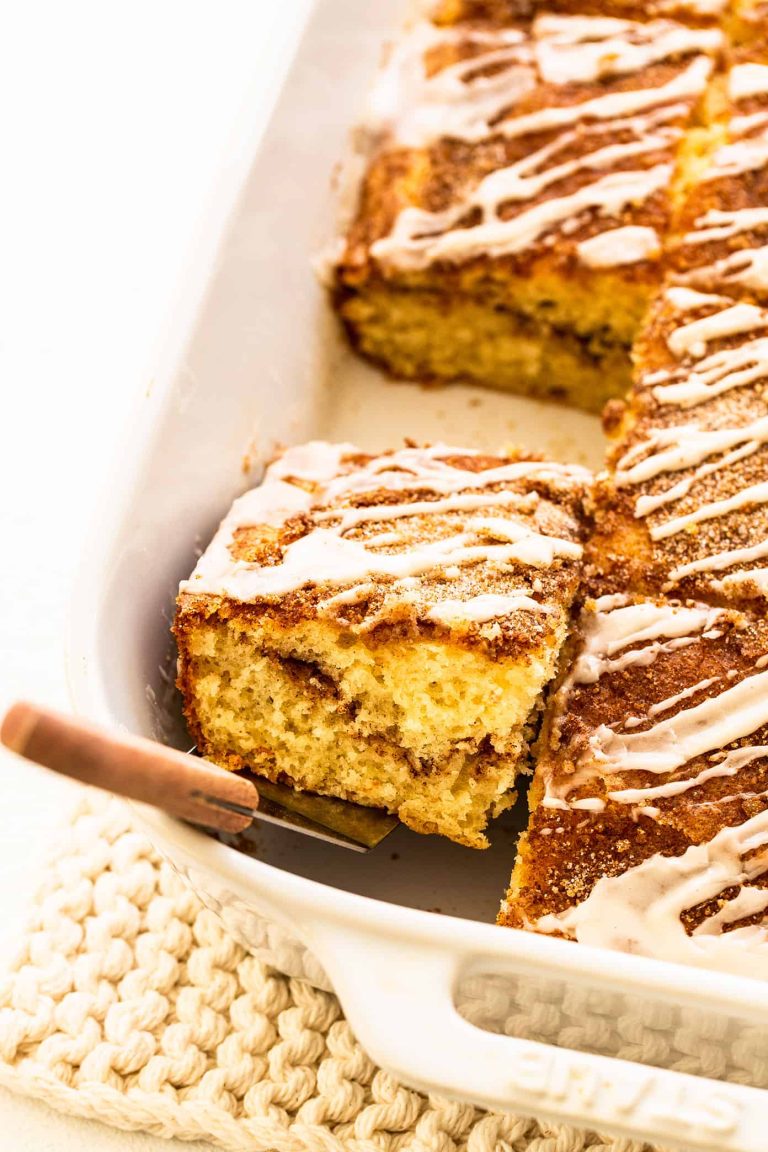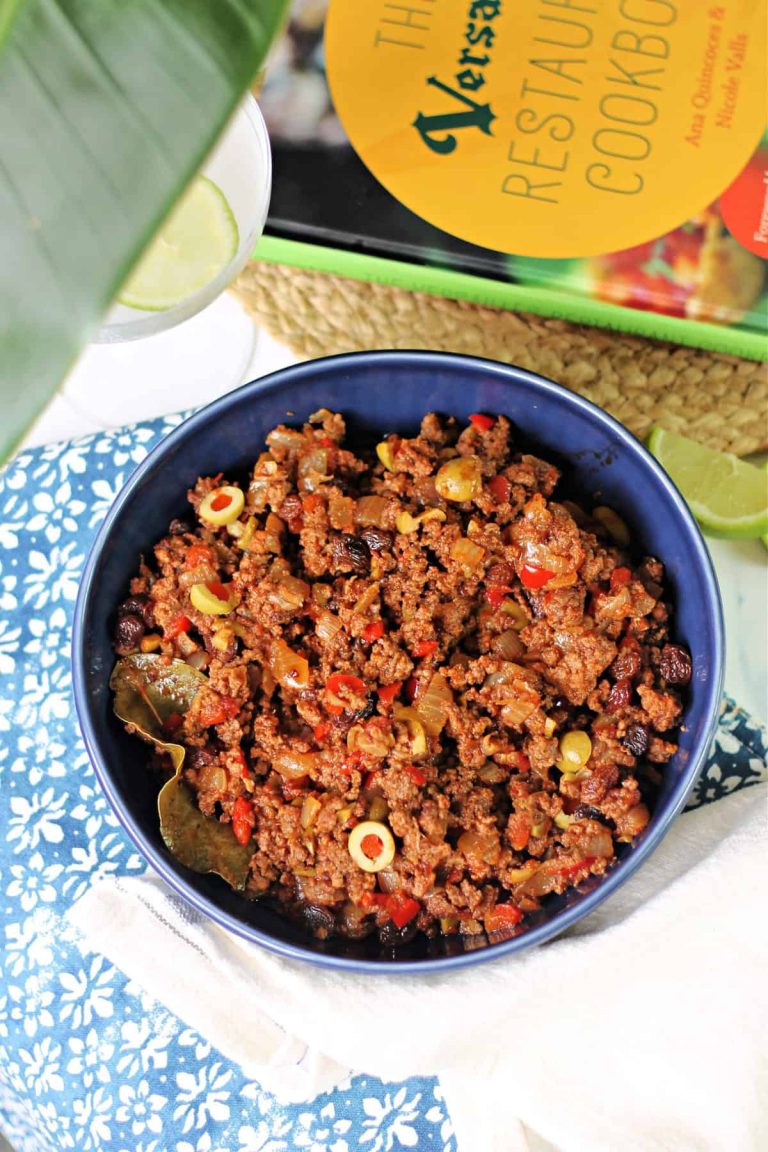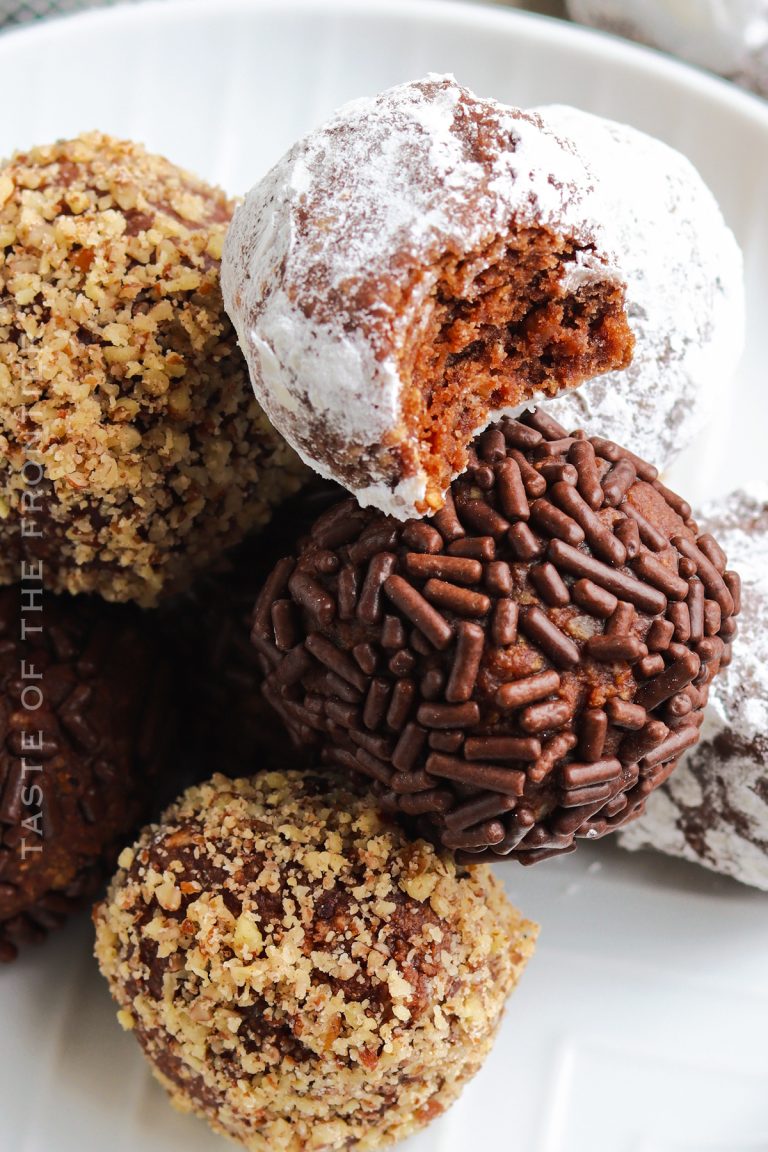Spring Roll Wrappers: Versatile, Nutritious, and Perfect for Every Dish
Spring roll wrappers come in various types, each providing unique textures and culinary experiences. Rice paper wrappers are thin and slightly translucent, used primarily in Vietnamese spring rolls or summer rolls. These wrappers offer a chewy texture and light flavor. Wheat-based wrappers, common in Chinese cuisine, are slightly thicker, creating a crispy exterior when fried. Also found are tapioca starch wrappers, offering a more elastic texture, perfect for gluten-free options.
Traditional vs. Modern Spring Roll Wrappers
Traditional spring roll wrappers have been staples in Asian cuisines for centuries. Rice paper and wheat wrappers reflect authentic cooking methods and flavor profiles. Modern variations have introduced diverse, innovative ingredients. Today, you can find wrappers made from quinoa, chia seeds, and other health-focused ingredients, catering to dietary restrictions and contemporary taste preferences. Modern wrappers expand the versatility of spring rolls, making them suitable for various culinary needs.
Ingredients and Preparation Methods
What Goes into Spring Roll Wrappers?
Understanding the ingredients in spring roll wrappers enhances your culinary experience. Traditional rice paper wrappers use rice flour and water, yielding a translucent appearance and delicate texture. Wheat-based wrappers combine wheat flour, water, and salt, offering a slightly thicker and more elastic bite. Tapioca starch wrappers, popular in certain Southeast Asian cuisines, feature a blend of tapioca starch and water, creating a chewy yet crisp texture when fried.
Modern variations may include ingredients like quinoa or chia seeds to cater to dietary needs. These innovative ingredients provide additional nutritional benefits and diverse textures. Gluten-free options, often made from rice or tapioca starches, serve those with specific dietary restrictions, expanding your choices in creating flavorful spring rolls.
DIY Spring Roll Wrapper Recipes
Creating homemade spring roll wrappers adds a personal touch to your appetizers. To make rice paper wrappers, mix rice flour and water into a smooth batter. Spread the batter thinly on a non-stick skillet and cook until translucent. For wheat-based wrappers, knead wheat flour, water, and salt into a dough. Roll out the dough thinly and cut into circular shapes before lightly cooking each piece on a hot surface.
If you prefer tapioca starch wrappers, blend tapioca starch with water into a thick paste. Spread this paste onto a heated, non-stick surface, and cook until it forms a thin, pliable sheet. Incorporate modern ingredients by adding quinoa or chia seeds into any base mixture, enhancing texture and nutritional value without compromising flavor.
Using these DIY methods, you can craft tailored spring roll wrappers, fitting your dietary needs and personal preferences, while enjoying the rewarding process of making them from scratch.
Usage Tips for Spring Roll Wrappers
Cooking Techniques for Perfect Spring Rolls
Frying: Ensure the oil is at 350°F to achieve a crispy texture without burning. Use a thermometer for accuracy. Fry the rolls in small batches to avoid crowding, turning occasionally for even cooking.
Baking: Brush each wrapper lightly with oil. Place them on a baking sheet lined with parchment paper. Bake at 400°F for 12-15 minutes, turning halfway for uniform crispiness.
Steaming: Lightly brush the rolls with water. Place in a steamer lined with parchment paper or cabbage leaves. Steam for 5-7 minutes. This method keeps the rolls soft and tender.
Air Frying: Preheat the air fryer to 375°F. Lightly coat the rolls with oil to prevent sticking and promote browning. Air fry in a single layer for 8-10 minutes, flipping halfway through.
Creative Uses Beyond Spring Rolls
Desserts: Use spring roll wrappers to create bite-sized desserts. Fill them with sweet ingredients like fruits, chocolate, or custard, then bake or fry.
Crackers: Cut wrappers into small pieces and fry them. Sprinkle with salt, sugar, or spices for a quick snack.
Salads: Cut baked or fried wrappers into strips and use as a crispy topping for salads.
Wrapping Proteins: Use softened wrappers to wrap proteins such as shrimp, chicken, or tofu. Secure with toothpicks and bake or fry for a unique twist.
Employ these techniques and creative uses to maximize the versatility of spring roll wrappers, enhancing your culinary repertoire.
Health Considerations and Dietary Benefits
Nutritional Overview of Spring Roll Wrappers
Spring roll wrappers offer a diverse nutritional profile, making them a favorable option in many diets. A single wrapper, typically made from rice flour, water, and salt, contains about 30 calories. It’s low in fat and provides a moderate amount of carbohydrates primarily beneficial for quick energy. Rice-based wrappers are often low in sodium and free from cholesterol. However, traditional wheat-based wrappers contain more protein due to the wheat content. For anyone watching caloric intake or seeking lower-fat options, rice paper wrappers are a superior choice.
Gluten-Free and Vegan Options
Choosing wrappers depends largely on dietary needs. Rice paper wrappers are naturally gluten-free, accommodating those with celiac disease or gluten intolerance. These wrappers are also vegan as they don’t contain animal-derived ingredients. Tapioca or starch-based wrappers can serve similar purposes, offering gluten-free alternatives. For a richer texture, consider wrappers made from sweet potato starch. Always check labels to ensure no cross-contamination for gluten-free diets. Vegans benefit from using plant-based ingredients like avocado, tofu, and assorted vegetables to make nutritious spring rolls.
Conclusion
Spring roll wrappers offer a world of culinary possibilities, from traditional Asian dishes to innovative fusion cuisine. Their versatility allows you to experiment with various ingredients and cooking methods, ensuring there’s something for everyone, whether you’re frying, baking, or air frying.
With their nutritional benefits and suitability for gluten-free and vegan diets, spring roll wrappers can be a healthy addition to your meals. So go ahead and get creative with your recipes, using these wrappers to craft delightful appetizers, snacks, and even desserts. Your kitchen adventures await!

